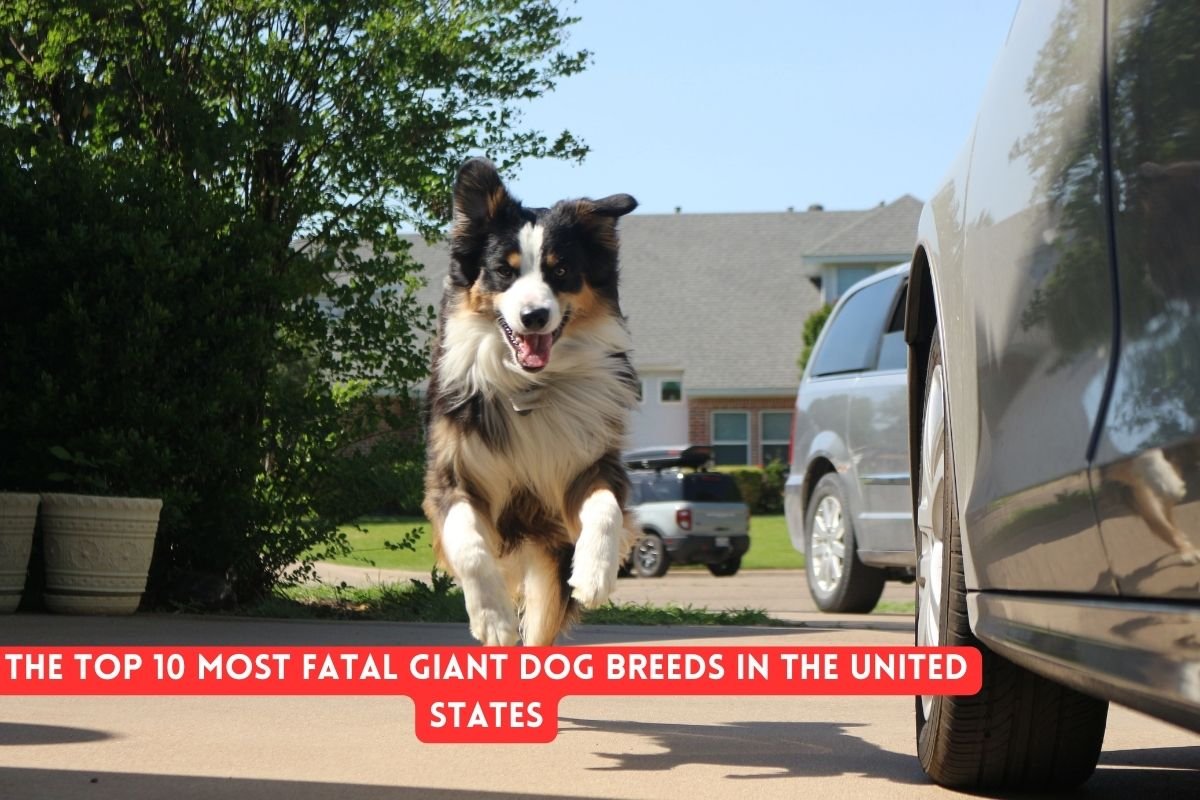In the United States, dog ownership is incredibly popular, with millions of households welcoming furry companions into their lives. While most dogs are friendly and gentle, some breeds possess significant size and strength, which can inadvertently lead to fatal incidents. Understanding the potential risks associated with giant dog breeds is crucial for responsible ownership and public safety. In this article, we’ll delve into the top 10 most fatal giant dog breeds in the United States, shedding light on their characteristics and highlighting important considerations for prospective owners.
Great Dane
The Great Dane is renowned for its imposing stature and gentle demeanor, often referred to as the “gentle giant.” However, due to its substantial size, accidental injuries can occur, particularly in households with small children or elderly individuals.
Saint Bernard
Saint Bernards are beloved for their loyal and gentle nature, making them excellent family pets. Nevertheless, their large size and strength can pose a risk, especially if not properly trained or socialized.
Bullmastiff
Bullmastiffs are known for their protective instincts and unwavering loyalty to their owners. Despite their gentle temperament, their sheer size demands responsible handling to prevent accidents or aggressive behavior.
Newfoundland
Newfoundlands are characterized by their sweet disposition and natural affinity for water rescue. However, their massive build means they require adequate space and supervision to ensure they do not inadvertently harm others.
Irish Wolfhound
The Irish Wolfhound is a gentle giant with a rich history as a skilled hunter and loyal companion. While typically docile, their large size can result in unintentional injuries, especially in crowded or unfamiliar environments.
Tibetan Mastiff
Tibetan Mastiffs are renowned for their protective instincts and fierce loyalty to their families. Due to their imposing size and territorial nature, proper socialization and training are essential to prevent any potential accidents.
Dogue de Bordeaux
Also known as the French Mastiff, the Dogue de Bordeaux is a powerful and affectionate breed. Their massive build requires careful handling and supervision, particularly around small children or other pets.
English Mastiff
English Mastiffs are gentle giants with a calm and affectionate demeanor. However, their immense size necessitates responsible ownership to prevent any accidental injuries, especially in households with vulnerable individuals.
Leonberger
Leonbergers are characterized by their friendly and outgoing nature, making them excellent family pets. Nonetheless, their large size and exuberance require careful supervision, especially in bustling or crowded environments.
Anatolian Shepherd
Anatolian Shepherds are renowned for their protective instincts and unwavering loyalty. While typically gentle and affectionate with their families, their size and strength demand responsible ownership and proper training.
Conclusion
Owning a giant dog breed can be a rewarding experience, but it also comes with significant responsibilities. Understanding the potential risks associated with these breeds and taking proactive measures to ensure proper training, socialization, and supervision are essential for both the safety of others and the well-being of the dog. By being informed and diligent, owners can enjoy a fulfilling relationship with their gentle giants while prioritizing safety and responsible ownership.
FAQs
Are giant dog breeds inherently aggressive?
No, giant dog breeds are not inherently aggressive. However, their size and strength require responsible ownership to prevent accidents or misunderstandings.
Do giant dog breeds require special training?
Yes, giant dog breeds benefit from consistent training and socialization to ensure they are well-behaved and obedient companions.
Are giant dog breeds suitable for families with small children?
While many giant dog breeds are gentle and tolerant, proper supervision is crucial to prevent any accidental injuries.
Do giant dog breeds have specific exercise requirements?
Yes, most giant dog breeds require regular exercise to maintain their physical and mental well-being. However, their exercise needs may vary depending on factors such as age and health.
What is the average lifespan of giant dog breeds?
The average lifespan of giant dog breeds varies depending on factors such as genetics, diet, and overall health. However, most giant breeds have a lifespan ranging from 8 to 12 years.
